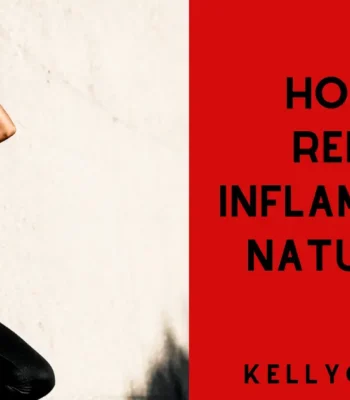How to Reduce Inflammation Naturally.

Natural Remedies For Inflammation. Are you curious about how to reduce inflammation naturally without prescription drugs? I’m with you- learning how to reduce inflammation naturally has been my top focus lately, ESPECIALLY after blood work confirmed I have a LOT of inflammation going on in my body. Inflammation is a common bodily response that plays […]


